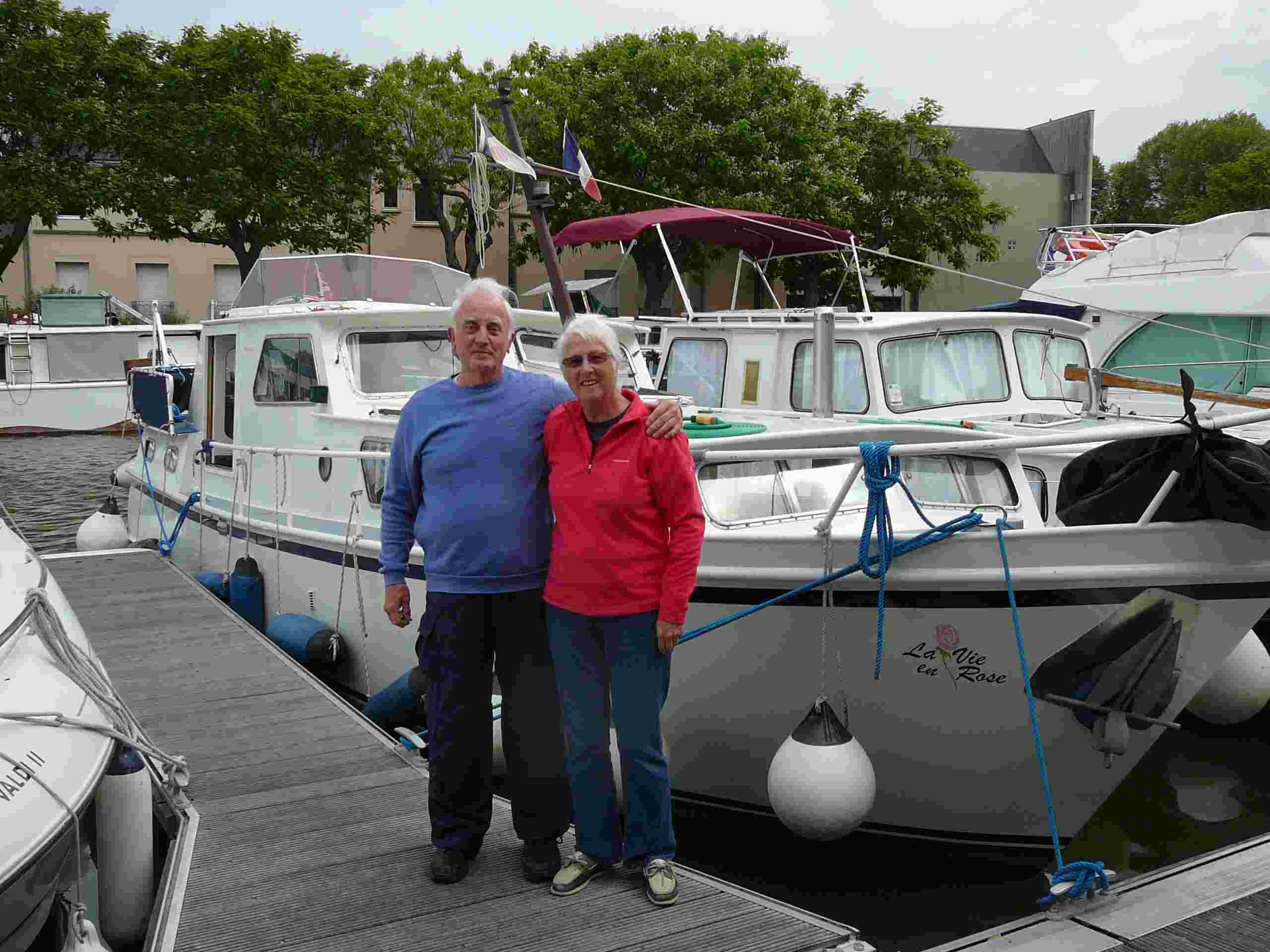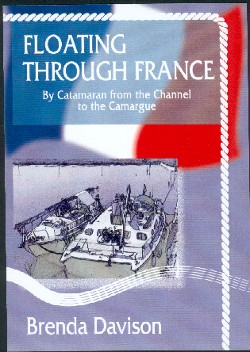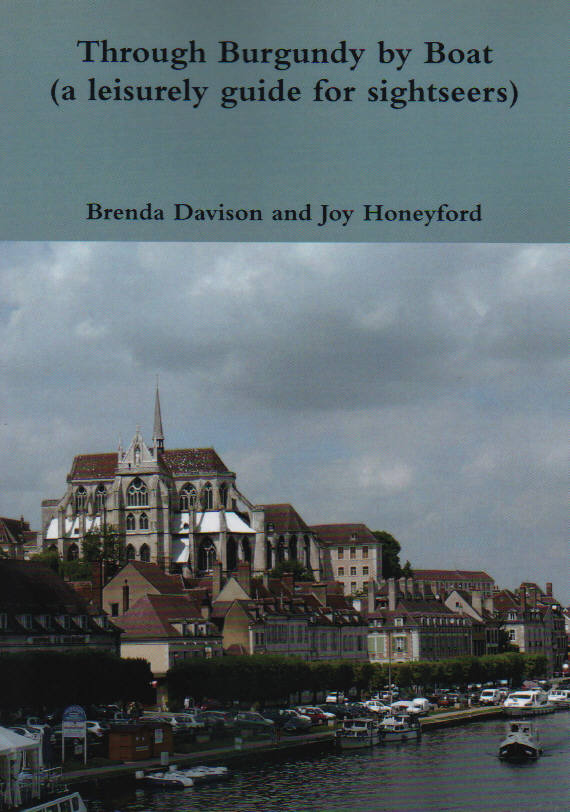Suitable Boats
There is no such thing as the ideal vessel for exploring French waterways. What is suitable for you may be quite wrong for someone else. If you intend to buy a boat for the purpose, look for one that has been designed for inland waterways.
The French canals can be negotiated by any vessel which is shallow enough and narrow enough to fit the dimensions of the waterways, for example no more than 38 metres in length, 5 metres wide, 1.80 metres draught, 3.50 metres air draught. An ideal size would be under 30 metres length, draught under 1.10 metres and air-draught less than 2.60 metres.
The traditional British narrow boat has restricted accommodation in its beam (2.10 metres) and a possible lack of stability resulting from the length:beam ratio. But we have seen many such vessels on the French waterways, some having made the journey by sea. Fitted with a suitably powerful engine they should be able to navigate the French waterways but we would not recommend buying one especially for this purpose.
Shape is also a consideration as the straighter the sides the less likelihood of damage in the locks. For example our own boat has a flared bow and guard-rails which look very stylish but the guard rails always take the punishment in the locks. The commercial barges have very straight sides, and the hire boats tend to be built in a similar way.
Buy yourself a map of the waterways or read Cruising the Inland Waterways of France & Belgium and check the dimensions of your intended route with the dimensions of your intended boat. To check the charted dimensions of the waterways.
The standard 'Freycinet' lock dimensions are 38 metres by 5 metres but the Canal du Midi and the Nivernais have locks that are only 30 metres long, and these are two of the prettiest waterways. Bear in mind also that depths often change due to water usage, rainfall, dredging etc.
New European legislation requires any boat over 20 metres in length to conform to Rhine regulations. This will involve, amongst other things, watertight bulkheads and many other expensive modifications. Unless you are going to live aboard all year round smaller is beautiful.

When choosing a boat, bearing the above in mind, some questions you might ask yourself:
- What size of boat do I want/ can I afford? How much of each year am I going to spend aboard?
- Where do I plan to use it? This will affect the size of the boat and the size of the engine. If you plan to cruise up and down the smaller waterways the boat does not need to have a very strong engine. Most of the time you will only travel at 6 knots but if you intend to use the larger rivers e.g. the Rhône or the Rhine you will need a more powerful engine.
- How nimble are the captain and crew? Consider ease of getting on and off the boat and whether you want the interior of the boat to be all on one level.
- Are any of the crew taller or wider than average. Consider standing headroom and ease of movement, for example in the heads.
- How wide do you want your side decks to be? Wide decks to allow easier lock handling.
- Do you want guard rails? Some boats do not have them. Their owners say they get in the way. Brenda would not be without them; she says they give her a sense of security. At the very least you need a handrail on the boat that you can hold on to when rope handling in the locks. We also have found a centre cleat to be very useful as this enables you to control the boat with only one line when necessary. If there are only two of you one can get a line on from the centre cleat whilst the other handles the boat then comes to help and put another line on.
- How handy are you? The more you can do the cheaper it is. Consider ease of access of the engine, water filters and oil filters.. If you hate painting choose a fibreglass boat. Whilst steel is stronger is needs constant maintenance. Wood is not recommended as there will be frequent contact with lock walls, quays etc. Consider also the general condition of the boat.
- What sort of instrumentation do you want to have? John swears by his log for checking speed and distance. You might find a depth sounder useful and such items as a temperature gauge.
- Would you want an anchor? You would not use an anchor in the canals but if you plan to go out into river estuaries or across the channel, an anchor will be needed. It is also an emergency brake, and it is possible to anchor in the wider rivers, the Rhône for example, outside the channel, or in a tributary, when you can't find a mooring.
- How much storage do you want for fresh water, fuel, food, clothes (do you want hanging lockers for example)? Water is fairly readily available, but fuel less so. How much space do you want in the galley? Do you want a small cooker with oven and grill, or would a hob be sufficient?
- Do you want a shower? In France marinas with showers and laundry facilities are not very easily found although they are plentiful in Holland.
- Do you expect to be aboard when the weather is colder? If so what sort of heating would you like? Electric heaters are all very well when electricity is available but a diesel heater would be an advantage if you plan to be aboard in the winter. Many of the barges have full central heating systems, or wood-burning stoves. Also check the amount and type of insulation. Good insulation can be useful in the summer as well as winter.
- Do you want to carry a dinghy? Hard or soft? In davits or on deck?
We take no responsibility for any decisions you make based on the above information but hope we have given you sufficient food for thought to make an informed choice for yourselves.






